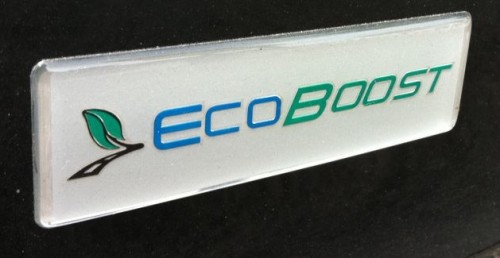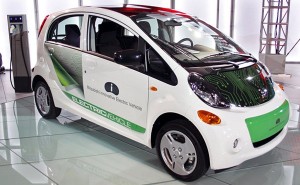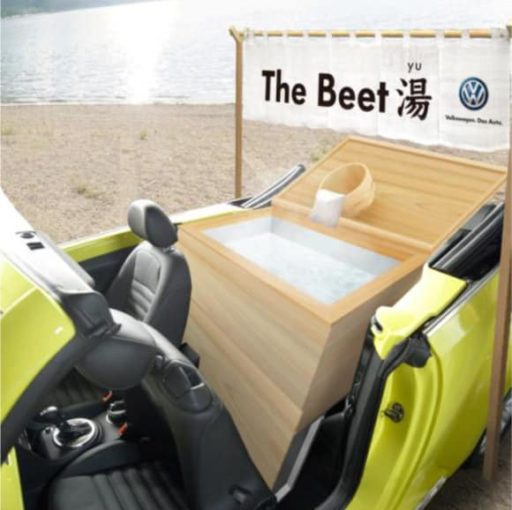Ford’s been taking advantage of its EcoBoost forced-induction technology to downsize engines across its line and just announced the smallest engine it’s ever built: a 1.0-liter EcoBoost three-cylinder engine. Besides the obvious fuel savings from its lower displacement, Ford’s new tiny terror packs in all sorts of economy-boosting technologies and this engine will be the smallest engine in Ford’s portfolio, and it will find its way under the hood of vehicles across the globe………..
Ford is expanding its industry-leading range of fuel-efficient powertrains in North America with the addition of a new 1.0-liter EcoBoost three-cylinder, the smallest engine Ford has ever built and an all-new eight-speed automatic transmission. In addition, Ford’s next generation of hybrid vehicles, including a new plug-in hybrid that will launch next year, will have a Ford-engineered transmission that will be built in Michigan. The arrival of the latest member of the EcoBoost family, Ford’s first eight-speed automatic and its new hybrid transmission will further strengthen the company’s lineup of fuel-efficient vehicles. Ford Motor Company has 12 vehicles that lead their sales segments in fuel economy and four vehicles that deliver at least 40 mpg, a lineup no other automaker can match. “In the last five years, we have made a record investment in new powertrains and fuel-saving technologies,” said Derrick Kuzak, Ford group vice president of Global Product Development. “Today, we have the freshest powertrain lineup in the industry. And there is plenty more coming.”
Engineers at Ford‘s Dunton Technical Centre in the U.K. began designing the new EcoBoost 1.0-liter engine long before the current spike in fuel prices pushed the cost of a gallon of gas over $4. Their goal: To design a technically advanced, super-efficient three-cylinder engine that delivers the same performance as a four-cylinder, but with much higher fuel economy and lower emissions. To do that, engineers at Dunton, Ford’s global center of excellence for small-capacity engines, focused on improving thermal efficiency and reducing friction of the engine’s internal moving parts, especially during warm-up. That’s when an engine emits higher levels of CO2 and other pollutants. The new engine introduces many new technologies that could someday be part of the DNA of future Ford engines, said Joe Bakaj, Ford vice president of Global Powertrain Engineering. The new three-cylinder engine will be available globally in the company’s small cars. It will also play an important role in North America. “Consumers are telling us they want to buy affordable vehicles that get many more miles per gallon,” said Kuzak. “Our new 1.0-liter EcoBoost engine will give consumers looking for hybrid-like fuel economy a new, more affordable choice.”
Final calibrations of the new EcoBoost 1.0-liter are under way. Kuzak said the new engine will deliver horsepower and torque outputs equivalent to or better than most normally aspirated 1.6-liter gasoline engines. “No one’s ever built a three-cylinder engine quite like this. Not only is it one of the most technically advanced and efficient engines we’ve ever designed, but it will introduce a number of new technologies to the Ford engine lineup,” said Bakaj. For comparison, the newest member of Ford’s global EcoBoost engine family has about the same displacement as a cruiser motorcycle. Ford has never built a regular production car engine with fewer than four cylinders. “Drivers are going to like the new 1.0-liter EcoBoost engine for many of the same reasons the EcoBoost F-150 is such a big hit,” said Bakaj. “It will deliver great low-speed responsiveness, power, torque and smoothness.” First seen in the Ford Start concept car that debuted at Beijing in 2010, the engine more recently made its European debut in the Ford B-MAX at the 2011 Geneva Motor Show. More technical and application details for the new 1.0-liter EcoBoost engine will be released in September at the Frankfurt Motor Show in Germany.
Features :
- An offset crankshaft that helps improve fuel economy
- A split cooling system that allows the cylinder block to warm up before the cylinder head, which saves fuel especially in cold weather
- One piece exhaust manifold integrated into the head, which saves weight and is claimed to allow lower exhaust gas temperatures, which enables a better air fuel ratio.
- Direct injection
- Ti-VCT variable camshaft timing on both intake and exhaust
- A turbocharger, naturally!
[ttjad keyword=”auto”]



